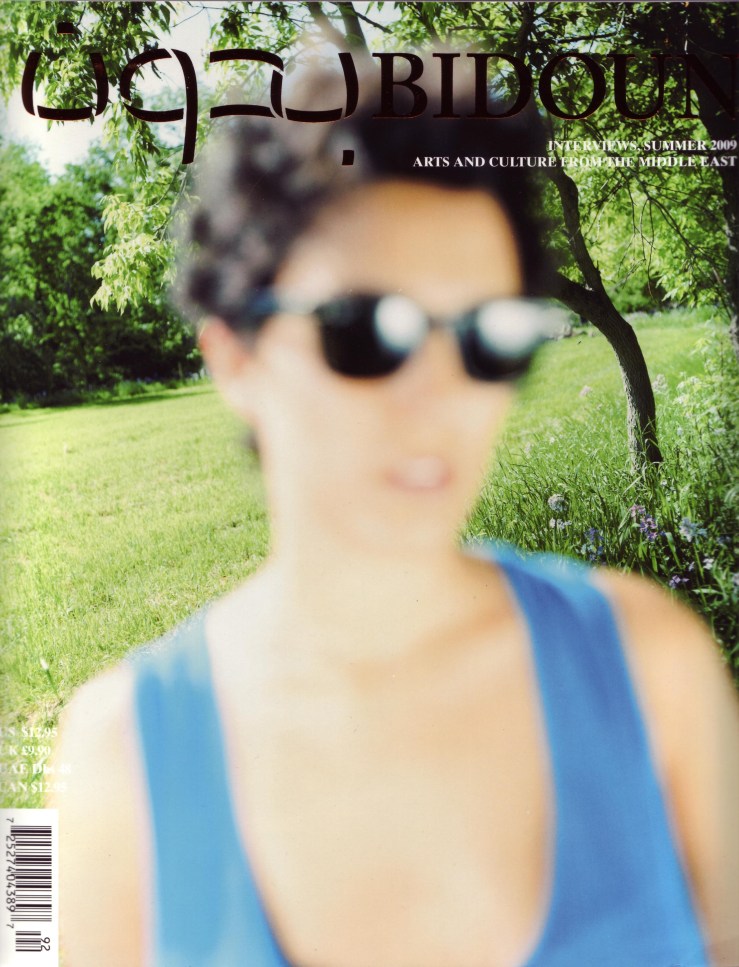 Mohamed Makiya is a huge figure. There are partial accounts of him and his work in three books in English, two of them by his son and former colleague Kanan. Start with KM’s Post-Islamic Classicism, a Visual Essay published by Saqi, 2001. Then there is a curious and fascinating essay in Lawrence Weschler’s Calamities of Exile; Three Non-fiction Novellas, Chicago UP 1998. Lastly KM’s The Monument; Art and Vulgarity in Saddam Hussein’s Iraq, California UP 1991 is a vital read and provides a variant approach to his father. Two other books in Arabic, one on MM’s early years, the other devoted to Baghdad, are helpful -the latter a glimpse at Makiya’s legendary archives on Baghdad and the region.
Mohamed Makiya is a huge figure. There are partial accounts of him and his work in three books in English, two of them by his son and former colleague Kanan. Start with KM’s Post-Islamic Classicism, a Visual Essay published by Saqi, 2001. Then there is a curious and fascinating essay in Lawrence Weschler’s Calamities of Exile; Three Non-fiction Novellas, Chicago UP 1998. Lastly KM’s The Monument; Art and Vulgarity in Saddam Hussein’s Iraq, California UP 1991 is a vital read and provides a variant approach to his father. Two other books in Arabic, one on MM’s early years, the other devoted to Baghdad, are helpful -the latter a glimpse at Makiya’s legendary archives on Baghdad and the region.
I knew some of his work and its context before I began, notably his brilliant and significant reconfiguration of the Khulafa or Suq al-Ghazal Mosque in central Baghdad and the massive Kuwait State Mosque [Archnet links updated Apr 2022. Their MM Archive here]. Nothing quite prepared me for the complex man, extraordinarily rich work and life that emerged from our conversations. My piece appeared in August and doesn’t resolve this or make up for the absence of a full monograph but it does present a rather different portrait than anything else in print.
Makiya’s life is part of the unwritten 20th Century, his work a monument to it -as well as many previous ones. I hope our conversation in Bidoun might provoke an attempt to show and tell the story of his work and life in full.
Meanwhile I’m posting some scans, including of Bidoun’s Contents page because it has so much in it that I really think you should buy a copy and/or subscribe.










